Mohr’s circle is the locus of points representing the magnitude of normal and shear stress at the various plane in a given stress element. Graphically, a variation of normal stress and shear stress are studied with the help of Mohr's circle.
σ1 and σ2 are Principal Stresses, then normal and shear stress on lane which is inclined at angle ‘θ’ from major principal plane, then


Normal stress
![]()
Shear stress
![]()
General State of Stress at an Element:
- If σx and σy are normal stress on vertical and horizontal plane respectively and this plane is accompanied by shear stress then normal stress and shear stress on the plane, which is inclined at an angle θ from the plane of
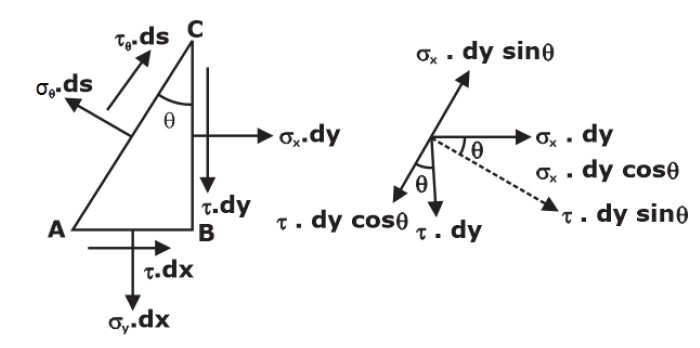
then,

![]()
- Maximum and Minimum Principal Stresses are:

- The radius of Mohr’s circle:

Strength of Materials

Observations from Mohr's Circle
The following are the observations of Mohr's circle as
- At point M on circle σn is maximum and shear stress is zero.
∴ Maximum principal stress ≡ coordinate of M
- At point N on circle, σn is minimum and shear stress τ is zero.
∴ minimum principal stress ≡ coordinate of N
- At point P on Circle τ is maximum.
Maximum shear stress ≡ ordinate of P(i.e. radius of circle)
- Also, normal stress on the plane of maximum shear stress:
σn = abscissa of P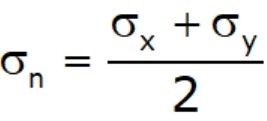
Where σn ≡ Average stress - Mohr's circle becomes zero at a point if radius of circle has the following consideration.
- Radius of circle:

- If σx = σy, then radius of Mohr's circle is zero and τxy = 0.
- The sum of normal stresses acting on perpendicular faces of a plane stress elements is constant and independent of the angle θ.

Strain analysis:

![]()
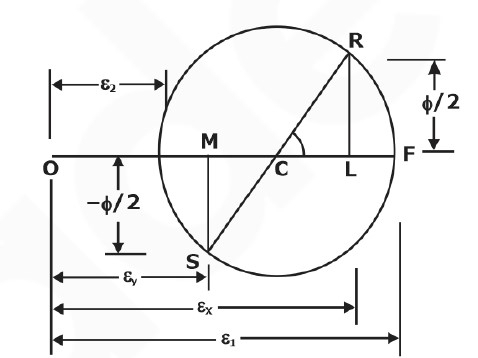
![]()
![]()
Relation between Principle strain and stress:


Strain Rosetts:
Rectangular Strain Rosette:
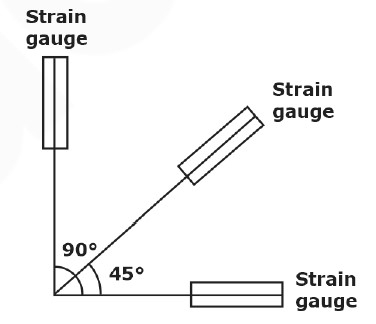
![]()
Equiangular Strain Rosette (delta strain rosette):
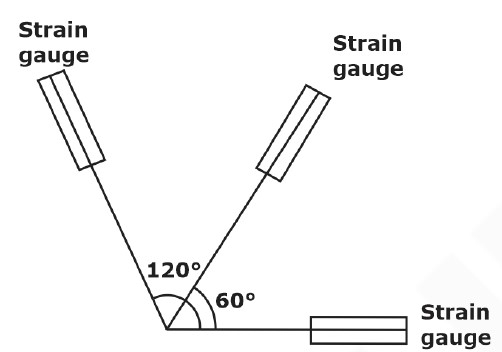
![]()
![]()
![]()
No comments:
Post a Comment
Knowing brings controversy